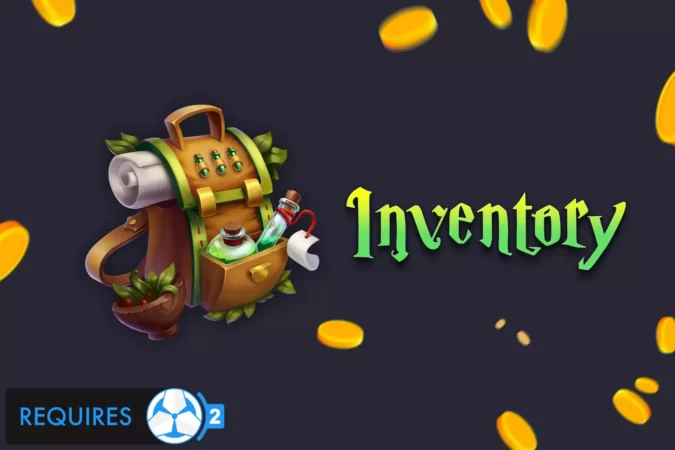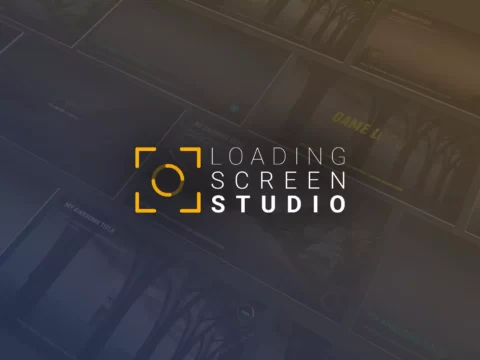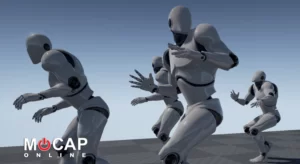Create Items and define what kind of object represents.
– Give them a name, description, sprite and game object representation.
– Define custom Properties that can be changed at runtime.
– Determine what Sockets it has so other Items can be attached.
– Equip and Unequip the item and set what requirements it has.
– Create your own outcomes when consuming items.
These can be easily assigned to a Bag, which is a component that stores items and can be attached to any game object.
A Bag also defines a UI Skin which is used to open an interface that the user can interact with. For example:
– Opening the Player’s inventory
– Taking and storing items from a chest
– Looting defeated enemies
Merchants are components attached along Bags that define the exchange rules. These components also define a UI Skin used when trading between two Bags.
It also supports multiple Currencies, where each can contain multiple Coins with different values.
Loot Tables allow to randomly generate items and wealth based on a weighted percentage.
Saving and Loading is supported out of the box, as well as being highly integrated with Game Creator’s visual scripting.
Includes
- Source code
- Examples & Templates
Technical details
Features
- Bags
- Equippable, Usable and Craftable Items
- Loot Tables
- Multiple Currencies
- Compatible with Visual Scripting
- Tools for creating custom UI
Includes
- Source code
- UI templates
- Multiple Inventories
- Looting menus
- Merchants
- Crafting
- Dismantling
- Example of a pre-made Items collection
- Multiple examples to learn from
Original_Link: https://assetstore.unity.com/packages/tools/utilities/inventory-2-game-creator-2-by-catsoft-works-208668
Download Links:
Asset Version v2.8.20 (19 Mar 2025)












![BigMediumSmall – TOKYO BACK ALLEYS [UE Version]](https://gfx-station.com/wp-content/uploads/2023/12/FtyF9Cv-300x201.webp)

